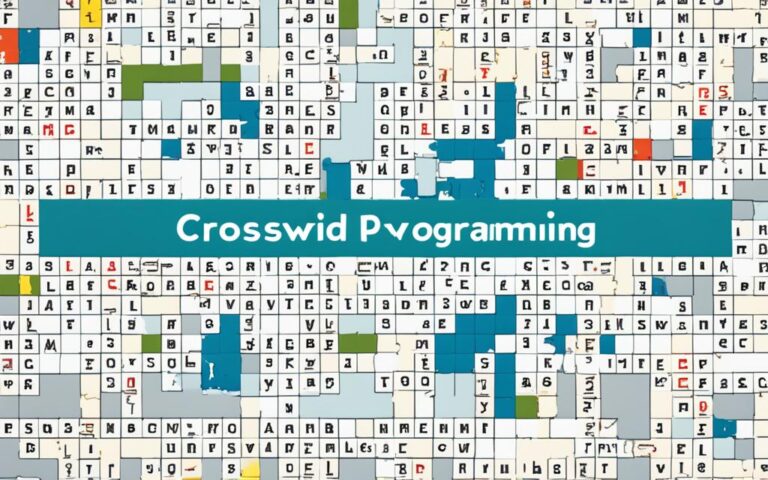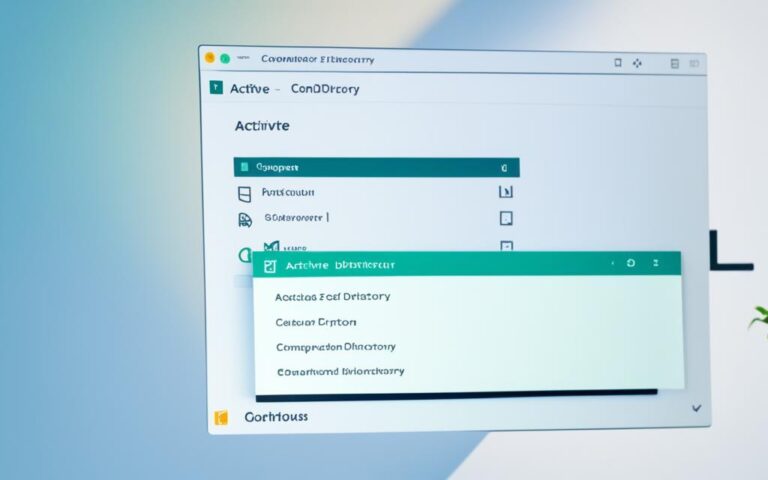Cloud computing has changed how businesses work. It offers more scalability, flexibility, and saves money. But, understanding the total cost of ownership (TCO) is key before moving to the cloud. The TCO in cloud computing means adding up all costs and benefits of using cloud infrastructure1.
Working out the TCO needs looking at many things that affect whether moving to the cloud makes sense financially. These include the business size, rules in their industry, how complex their system is, how often they use the cloud, and how much data they store2. By checking these things, businesses can know the real costs and benefits of the cloud. They can also compare different cloud solutions21.
A detailed TCO analysis helps businesses in many ways. It makes decision-making better, spots where money could be saved, makes budgeting and future financial planning better, checks the value of cloud investments, and allows quick responses to market changes1. TCO analysis also makes cloud costs clearer, improving how funds are used and managing financial risks1.
Figuring out cloud TCO means looking at obvious and hidden costs. Obvious costs, like subscription fees, are simpler to work out. But it’s important to think about hidden costs like how downtime can lead to lost productivity, which is harder to put a number on2.
The initial cloud TCO includes planning, evaluation, first fees from the Cloud Service Provider (CSP), moving data, tweaking applications, training, and the costs of running things based on use2. The TCO for the cloud also includes both obvious and hidden costs for setting up and keeping things going over a set time, usually five years before big upgrades2.
Businesses can work out cloud TCO by looking at current costs for in-house hardware, keeping it going, materials for data centres, software licenses, subscriptions, and security21. They must also think about unseen costs in in-house computing. This includes network security tools, encrypting data, physical security, and costs to meet compliance2.
Key Takeaways:
- Understanding TCO in cloud computing is vital for making strategic decisions and optimizing expenses3.
- TCO encompasses both tangible and intangible costs associated with adopting and operating cloud infrastructure13.
- By conducting a detailed TCO analysis, businesses can improve budgeting, assess ROI, and adapt to market changes effectively1.
- Calculating cloud TCO involves evaluating existing infrastructure costs and considering hidden costs21.
- Cloud migration allows organizations to shift from capital expenditure (CapEx) to operational expenditure (OpEx), impacting cost structures in the TCO3.
Next, we’ll explore what cloud TCO includes and how firms can calculate it properly.
What Is Cloud TCO?
Cloud TCO, or Total Cost of Ownership, is key when thinking about cloud computing’s financial side4. It covers all costs of starting, running, and keeping a cloud setup for a certain period. By looking into cloud TCO, companies can wisely decide on moving to the cloud, pick between providers, and see the true value of cloud computing versus its costs4. It’s crucial for figuring out the ROI of using the cloud4.
Figuring out cloud TCO means looking at both clear and not-so-obvious costs. The clear costs include things like paying for cloud services and resources4. The not-so-obvious costs might be things like lost productivity due to network issues4.
Assessing cloud TCO helps compare the financials of various cloud types. Whether using a public, private, or hybrid cloud, knowing the TCO guides strategy and budgeting4. Also, it shows the benefits of being able to quickly change operations in the cloud, balancing spending and staying competitive4.
Benefits of Cloud TCO
Cloud TCO brings businesses several advantages:
- It offers clear insight into both initial and ongoing cloud costs. This helps in planning IT budgets more accurately4.
- By understanding financial aspects of different cloud approaches, companies can uncover hidden costs and make smarter choices about using the cloud4.
- Being able to scale resources as needed saves money when demand is low and ensures enough capacity when it’s high4.
- The calculation includes benefits like improved innovation and agility from using cloud services, going beyond just the costs4.
Cloud TCO varies with different providers. For example, AWS covers both direct costs like compute and data transfer, and indirect costs such as admin and network setup. This provides a detailed view of expenses4. ]
In SaaS scenarios, cloud TCO involves subscription fees, setup costs, and savings from not having to manage infrastructure in-house4.
In summary, cloud TCO gives businesses a full financial outlook for judging cloud adoption’s cost-effectiveness. It helps in understanding the long-term economics of cloud strategies, noticing both direct and hidden costs4.
How to Calculate Cloud TCO
Finding the total cost of ownership (TCO) for cloud services is key for companies. They want to make the most of their IT spending and use their resources well. Looking at all costs, both initial and ongoing, helps work out the full expense of using cloud services.
The TCO for the cloud has two main types of costs: initial and ongoing5. Initial expenses cover setting up a cloud computing setup. This includes planning, fees from cloud service providers (CSPs), moving data, adapting applications, training, and security measures. Ongoing costs are what you pay CSPs regularly, like monthly or yearly, depending on how much you use and what services you get5.
To figure out the cloud TCO, companies need to look at different costs and also consider things that aren’t easy to put a price on such as managing risks and the ability to change or grow easily6. They need to think about the cost of their current setup, guess the costs for moving and using the cloud each month, and remember hidden costs and what they lose by not moving to the cloud5. It’s also critical to think about how complex applications are, laws that must be followed, what the infrastructure is like, managing risks, and how things are run which can all affect the TCU5.
Adopting cloud TCU comes with many advantages5. It brings clear financial understanding, helps in making strategic decisions, improves cost management, lowers risks, boosts performance, gives a competitive edge, and allows for growth, flexibility, and continuous operation. By using a cloud cost management tool like nOps, firms can cut cloud costs and reduce their TCO by more than half (source). The Hourly Granularity feature of nOps helps in better allocating costs, seeing where money goes, and predicting future spending. This helps in forecasting cloud expenses more accurately and reduces unnecessary spending7. Using insights from Hourly Granularity lets companies work out their cloud TCO better and bring down their overall cloud expenses. This ensures that their cloud spending fits within their overall budgets7.
FAQ
What is cloud TCO?
Cloud TCO stands for the total cost of using and maintaining a cloud setup over time. It helps businesses figure out if moving to the cloud is a good financial decision. They use it to weigh different cloud solutions and make smart choices.
Why is TCO important in cloud computing?
Understanding TCO is key to figuring out the true value of cloud computing. It looks at all costs, both seen and unseen. This gives companies a full picture of what they’ll spend and lets them decide wisely about moving to the cloud.
What factors impact cloud TCO?
Many things can change cloud TCO. This includes the type of business, what the cloud is used for, and costs for training. Also, spending on facilities, dealing with rules, managing risks, and the benefits a cloud can bring.
kk
Getting a full TCO view means looking at now and later costs, operational expenses, migration costs, following rules, staff costs, savings on big buys, and being more agile.
How do you calculate cloud TCO?
To work out cloud TCO, you need to look at your current infrastructure costs and guess unseen expenses. Then, add the costs of moving and what you’ll spend each month in the cloud. Don’t forget costs you avoid by moving to the cloud. The formula adds these costs over time.
What are the different cost categories in cloud TCO?
Cloud TCO splits into initial and ongoing expenses. Start-up costs cover setting up in the cloud, like planning and fees for Cloud Service Providers. There are also costs for moving data, fitting applications, training, and security.
Ongoing costs are about keeping things running. This includes regular fees for the cloud service, paying for extra services, more training, and upkeep.
Source Links
- https://www.cloudzero.com/blog/cloud-tco/ – What Is Cloud TCO? (Total Cost of Ownership)
- https://www.netsuite.com/portal/resource/articles/erp/cloud-tco.shtml – How to Calculate Cloud Total Cost of Ownership
- https://www.tierpoint.com/blog/cloud-tco/ – What is Cloud TCO & How to Calculate Total Cost of Ownership?
- https://www.supermicro.com/en/glossary/cloud-tco – What Is Cloud TCO? | Supermicro
- https://www.digitalocean.com/resources/article/cloud-total-cost-of-ownership – What is Cloud Total Cost of Ownership? | DigitalOcean
- https://www.techtarget.com/searchcloudcomputing/tip/How-to-calculate-your-cloud-TCO – Cloud TCO: How to calculate cloud total cost of ownership | TechTarget
- https://www.nops.io/blog/cloud-total-cost-of-ownership/ – The Complete Guide to Cloud TCO (Total Cost Of Ownership)


















